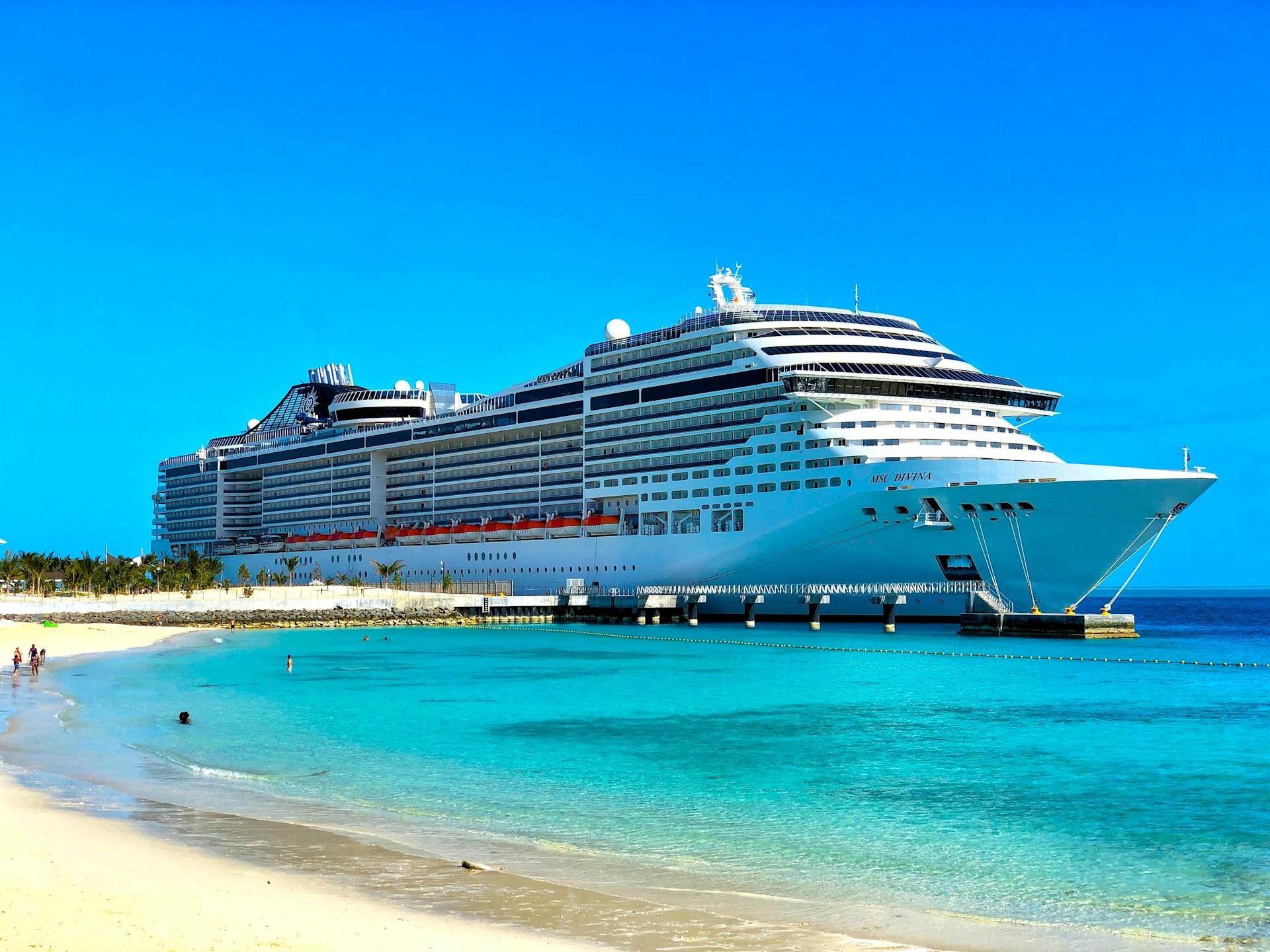The global tourism industry is witnessing steady recovery, with the Asia-Pacific region leading the resurgence. According to the Skift Travel Health Index for January 2025, global travel performance has risen by 2% compared to the previous year, with Asia-Pacific showing the strongest growth at 6%. This momentum is being driven by strategic tourism campaigns, relaxed visa policies, and increasing air passenger demand across the region.
Several countries in Asia have implemented policies to attract more visitors. South Korea, for example, has introduced visa-free entry for Chinese travelers in the third quarter of 2025 to boost tourism ahead of the upcoming Asia-Pacific Economic Cooperation (APEC) summit. These efforts are expected to significantly enhance inbound travel, reinforcing the country’s position as a key travel destination.
Projections suggest that Asia-Pacific will account for 50% of global air passenger growth over the next 15 years. Thailand exemplifies this trend, anticipating 40 million international visitors in 2025, an increase from 36 million in 2024. Meanwhile, Singapore is set to surpass its pre-pandemic tourism records, with international arrivals expected to reach nearly 16 million in 2025, marking a 9.6% increase from 2019 figures.
The cruise industry is also experiencing a revival in Asia, particularly in Japan. The country welcomed a record 37 million tourists in 2024, including 2.7 million American visitors. Cruise demand has surged, with passenger numbers rising by 121% in 2024 compared to the previous year, though still 40% below 2019 levels. Japan’s tourism board has ambitious plans to accommodate 2.5 million international cruisers and host over 2,000 visiting ships in 2025, surpassing pre-pandemic levels.
Asia’s rapid travel growth is playing a crucial role in the broader global tourism recovery. With continued investment in infrastructure, traveler-friendly policies, and growing demand for both air and cruise travel, the region is set to further expand its influence in the global travel landscape. As countries double down on efforts to attract international visitors, Asia’s dominance in tourism growth is expected to continue in the coming years.


